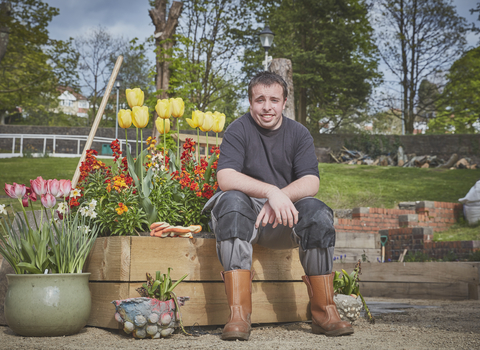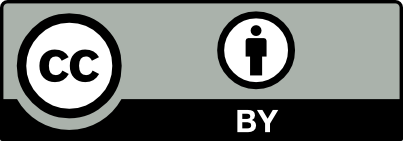Reaching people in your community
It’s often hard to know where to start when you want to get people to join you in action.
You need to go to where people are. You can reach into your community both in person and by using other methods such as posters or online.
Start with who you know: speak to family, friends, neighbours and people at work. Tell them what you’re doing, as you never know where a conversation might lead.
You can reach out to people you don’t know by simply knocking on doors! Although this can be daunting, it’s an effective way to spread the word. You’ll also learn more about your local community. You don’t have to go alone.
First things to decide
What do you want to say?
This is your message. For example, “we need volunteers to dig a community allotment.”
How do you want to say it?
This is your tone. For example, a joking and informal tone? “Hey! Can you dig it? Let’s get down and dirty on the community allotment!” or a serious one? “The cost of living crisis is hitting our local area really hard. You can help.”
Where will you say it?
This is the manner or delivery method. Posters, radio announcements, talking to people, mystery QR codes on lampposts. All of these methods have good and bad points.
You need to know those three key things – message, tone and method – and one more very important thing: who is your audience?
Start with your audience.
Who do you want to reach? What do you want to tell them?
Be specific and have a clear reason why you are doing this. If you say “I want to raise awareness so everyone knows about our project” then that’s too vague. Why do you want people to know about the project? What benefit does that have for you, or for them? And why everyone?
If you have a community allotment in a particular area, then you might decide:
I want to reach people on low incomes, especially young families and retired people, and encourage them to come to the allotments. I want them to find out how to grow things and to start to grow things themselves. This will help them to feed their families and will also tackle social isolation.
Now you know who you are reaching, and what your message is, you can decide how to say it and where to say it.
Video Guide: Reaching People in Your Community (https://www.youtube.com/watch?v=FxcR408bH48)
Autumn from Lincoln talks about how to reach out and connect with your community.
How and where to get your message across
How you say it is important. Don’t use jargon or complicated language. Consider if you need to use local community or heritage languages spoken in your area.
Be positive. If you start out by saying “the High Street looks awful!” you will upset people who have a lot of local pride. Instead, talk about what can be done and how wonderful it will look.
Here are some ideas for getting the word out there about your group or project:
Events
If you have a regular or one-off event or meeting, go online. Use Meetup, Facebook events and Eventbrite.
Events mean you can get local publicity by telling the local paper and radio station. Make sure that your event is family friendly and accessible.
Hold a stall at other events.
Network with other groups; go to their meetings and talk about your project and ideas.
Run a “bring a friend” event or meeting.
Print and media
If you don’t have a one-off event, you can still use social media. Try Nextdoor and local Facebook groups.
Do a newsletter, either printed or by email, and always ask people to share it and send it on to others.
Do guest columns, posts and blogs online.
Business cards or leaflets – never be without one, so when someone asks, you can give them information straight away.
If you are in one area, you could put up posters where you are allowed to.
Submit to local directories such as local advert magazines, newspapers, parish magazines – offer content, like “how to garden for wildlife”.
Ask to put a display in public areas such as your library, GP surgery, community hub, warm space, food bank, leisure centre, council offices, churches, mosques and synagogues, and schools and colleges.


The Wildlife Trusts
Have you been part of a community nature project?
We'd love to hear from you! Your experiences will be shared right here on the Community Hub and will inspire others to take action in their own neighbourhoods.


CC by 4.0 attribution
Except where noted and excluding images, company and organisation logos, this work is shared under a Creative Commons Attribution 4.0 (CC BY 4.0) Licence.
Please attribute as: “Nextdoor Nature (2022-2024) by The Wildlife Trusts funded by The National Lottery Heritage Fund, licensed under CC BY 40”



